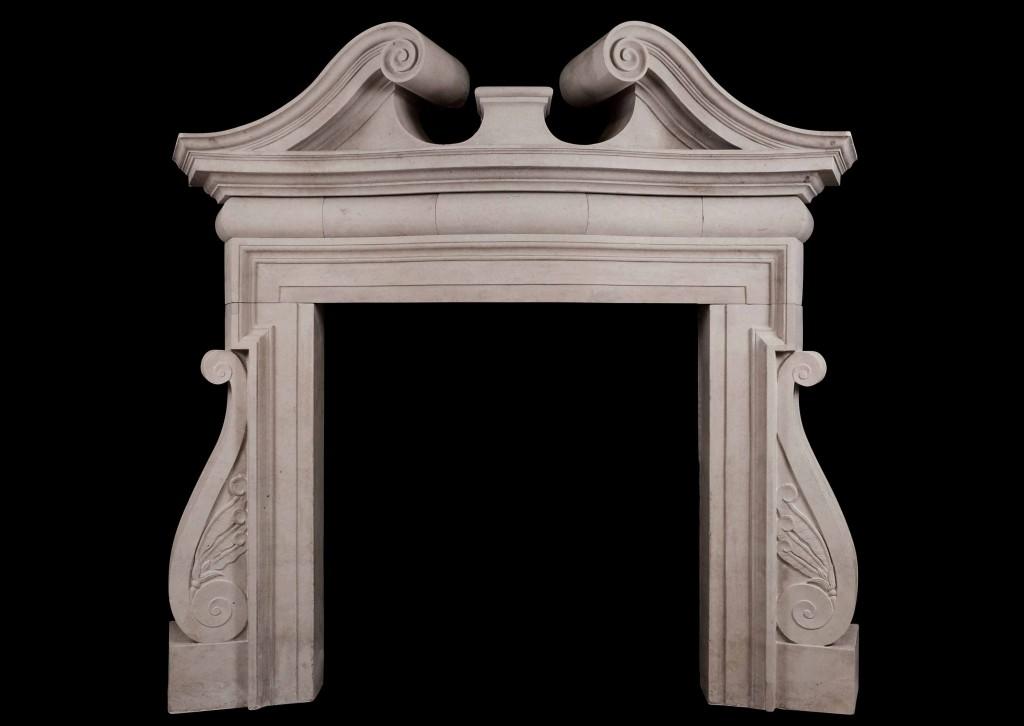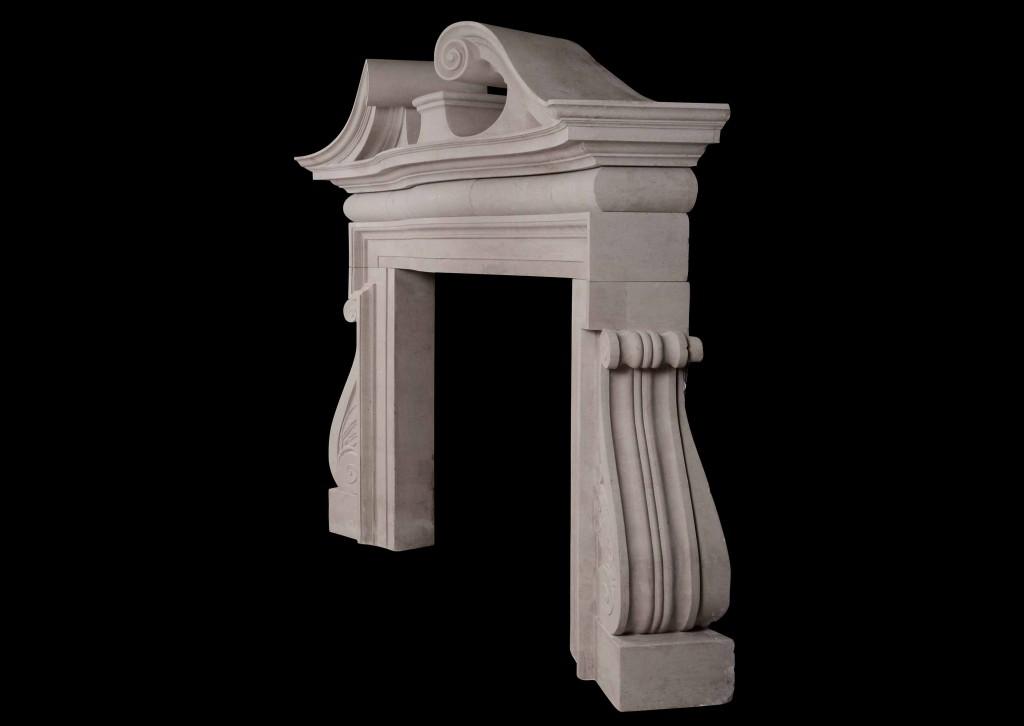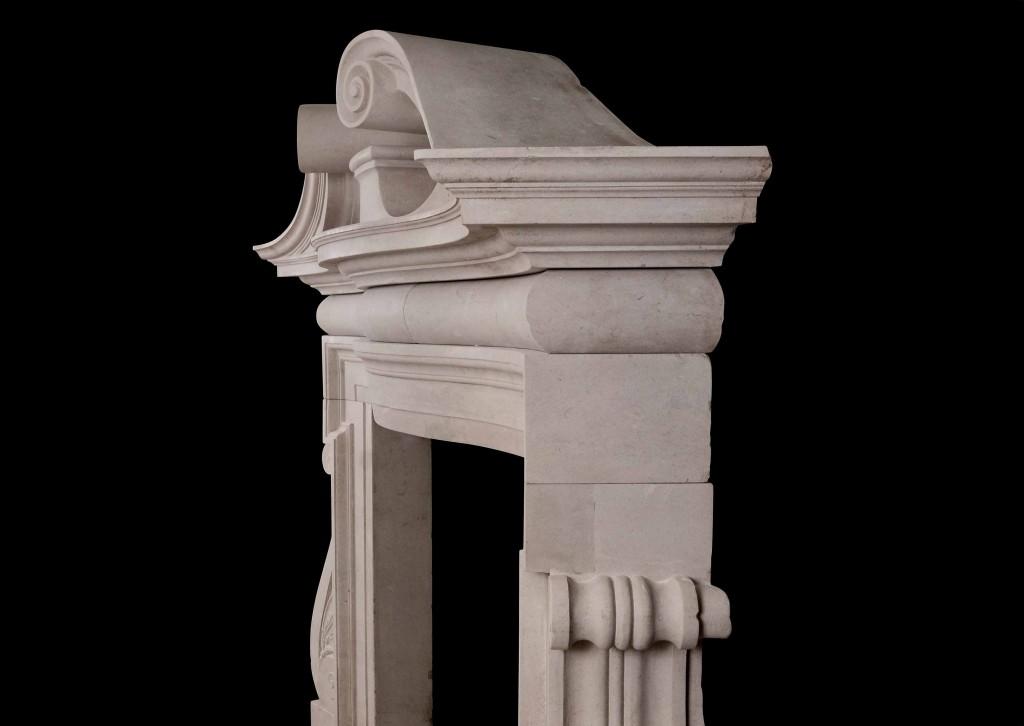Edwin Lanseer Lutyens (1869 - 1944) was a man with a unique style who's eclectic designs place him as one of Britain's most accomplished and well known architects. His works span a number of design influences and elements. Not only was he a proficient architect, but his work also encompassed furniture and fireplace design which would complement his architectural vision as a whole. His ability to use varying styles while creating a clear imprint with his unique wit within his arrangements has earned him a reputation as the greatest British architect of his age. Born on March 29th in 1869 to a family of 13 siblings, Lutyens was one of the only boys not to receive a public education. Ill health left him confined to the home relying on his sisters' governesses and tutors, as well as his own ingenuity for his education. He taught himself to draw with a self-made 'sketch book' which was nothing more than a portable pane of glass and sharpened soap. At 15 it became apparent that he had aptitude for architecture and Lutyens began his formal education as an architect at the Kensington School of Art (now known as the Royal College of Art) in 1885. His time there was short lived, as after a mere two years, and perhaps being so used to relying on his own ingenuity for entertainment, he felt the school had offered him all they could. He left without finishing his studies, working briefly in the offices of Ernest George and Peto before striking out on his own at the age of 19 with a private commission in his native Surrey. While working on that project he met the horticulturist and landscape designer Gertrude Jekyll with whom he struck up a professional partnership that would span his career and make them influential in the Arts and Crafts movement. Lutyens' legacy is a varied range of work - from country houses to urban design, monuments, furniture and fireplaces. His early career was heavily linked to the Arts and Crafts movement but he soon started incorporating more classical elements to his designs. Due to Gertrude Jekyll's influence, his designs placed great emphasis on practicality and usefulness which he punctuated with his own inventiveness and wit. He designed interior lighting for children's rooms with their interests in mind, by adding elements such as angels, ducks, fish and policemen. He was also often able to use the themes of the building to influence its interior, such as his use of Cardinal hat lighting in Campion Hall, a Jesuit college in Oxford. (See image below). He was able to adapt a number of architectural styles and imbibe them with his own sense of humour to create timeless yet practical designs.
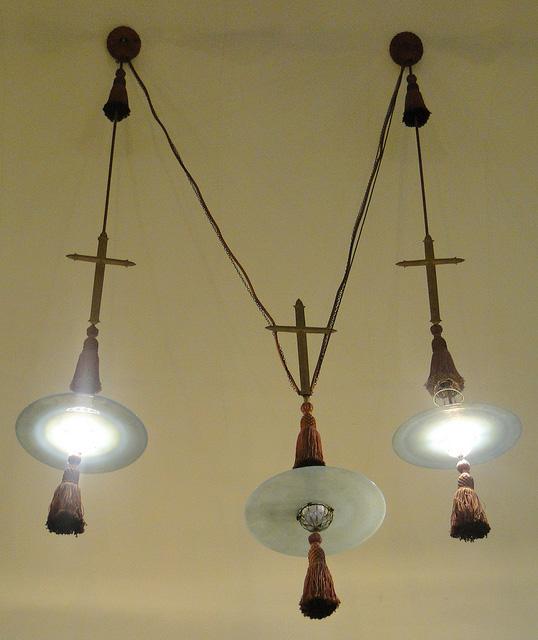
Lutyens was integral to high profile projects such as planning New Delhi and the design of the Viceroy's house there which would serve as the centre of British Colonial government in India. He was also one of the prime designers for the Imperial War Graves Commission, designing the Cenotaph in London as well as military cemeteries in France. He also achieved great things in furniture and mantel piece design complementing his unique exteriors with their own interiors.
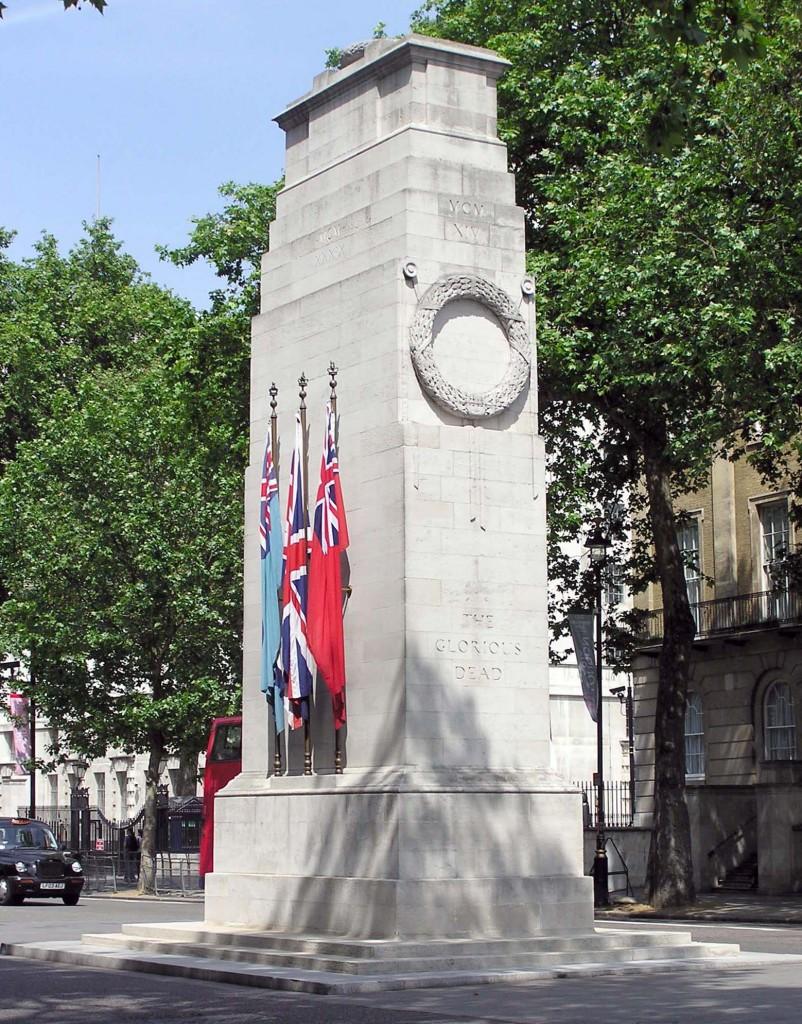
With a renewed public interest in Lutyens' interior elements, more and more pieces from these collections are finding their way to the market. We offer a prime example of a fire surround characteristic of Edwin Lutyens here - https://www.thornhillgalleries.co.uk/item/stock-number-3700. This stone fireplace combines classicism with the Palladian style of the Edwardian Baroque, a mixture of 18th century French design with that of Sir Christopher Wren from the 17th century (a combination which prompted Lutyens to term it the 'Wrenaissance') which grew out of the Arts and Crafts movement concurrently with Art Nouveau. It contains classical decorative elements while still maintaining its simplicity and practicality as a functioning stone chimneypiece.
